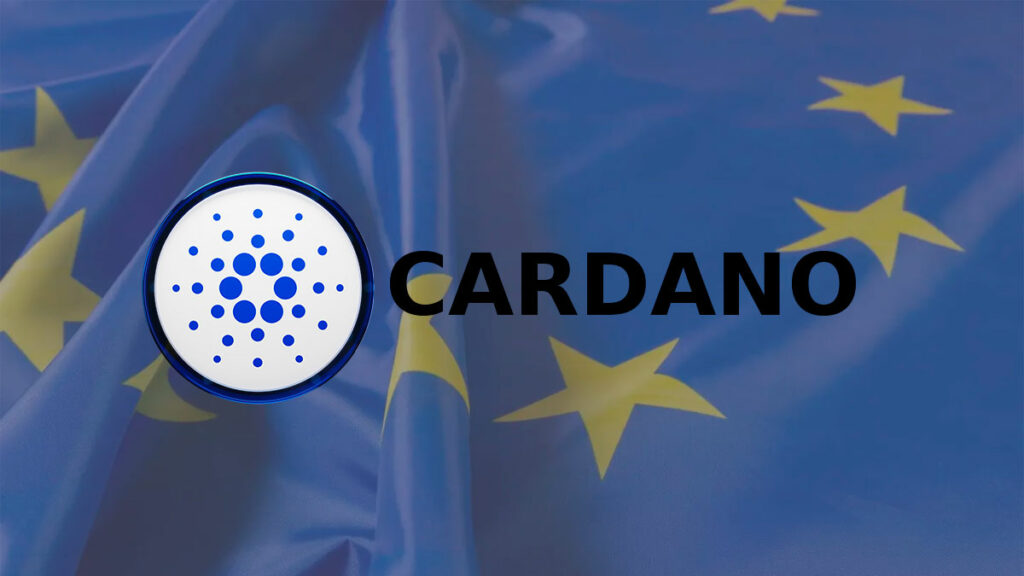TL;DR
- Cardano’s Proactive Compliance: The Cardano Foundation, in collaboration with the Crypto Carbon Ratings Institute (CCRI), has updated its compliance indicators to align with the Markets in Crypto-Assets (MiCA) regulation six months ahead of schedule.
- Energy-Efficient Consensus Protocol: Cardano’s energy-efficient consensus protocol sets it apart. Unlike energy-intensive proof-of-work systems, Cardano’s approach consumes significantly less electricity.
- Trust and Industry Benchmark: By complying with MiCA standards, Cardano builds trust with regulators, investors, and users. It establishes a standard for the broader cryptocurrency sector, encouraging sustainable blockchain integration.
The Cardano Foundation, in collaboration with the Crypto Carbon Ratings Institute (CCRI), has taken a significant step toward regulatory compliance by updating its MiCA (Markets in Crypto-Assets) indicators.
As the European Union prepares to implement MiCA regulations, Cardano (ADA) demonstrates its commitment to transparency and sustainability within the crypto asset market.
MiCA, designed to enhance transparency and sustainability in the crypto industry, requires issuers and service providers to disclose their sustainability indicators. Cardano’s proactive adoption of these requirements showcases its forward-thinking approach and regulatory alignment.
Cardano Foundation’s Energy-Efficient Consensus Protocol
In a recent MiCA compliance report jointly released by the Cardano Foundation and CCRI, Cardano’s energy-efficient consensus protocol stands out. Unlike energy-intensive proof-of-work protocols, Cardano’s approach consumes significantly less electricity.
The report provides detailed data on Cardano’s annualized electricity consumption, carbon footprint, and marginal power demand per transaction per second.
These metrics align with the European Securities and Markets Authority’s draft regulatory standards, positioning Cardano ahead of its peers in regulatory preparedness.
Building Trust and Industry Benchmark

Frederik Gregaard, CEO of the Cardano Foundation, highlights the significance of creating sustainability indicators that comply with MiCA standards. These initiatives help establish trust with regulators, investors, and users alike.
Cardano’s efforts not only guarantee adherence to future EU guidelines but also establish a standard for the wider cryptocurrency sector. Gregaard emphasizes the importance of these projects in encouraging the sustainable integration of blockchain technology.
By prioritizing regulatory adherence, Cardano paves the way for responsible growth. Cardano’s alignment with MiCA regulations directly benefits ADA holders and stakeholders.
It provides reassurance about the project’s resilience and foresight in navigating evolving regulatory landscapes. Other crypto projects can learn from Cardano’s early compliance strategy, recognizing the advantages of robust regulatory practices.
Looking Ahead
With MiCA’s initial phase already in effect for stablecoins since June 30, and broader regulations impacting crypto service providers set to roll out in December, Cardano’s proactive stance positions it well.
The crypto community eagerly anticipates further innovations and regulatory advancements from Cardano as it continues to lead by example in the blockchain space.
While Cardano’s proactive approach to regulations like MiCA is commendable, some argue that crypto regulations on any level can stifle innovation. The fast-paced nature of the cryptocurrency industry thrives on experimentation and new ideas.
Critics argue that overly cumbersome regulations could slow down development or push innovation to less regulated areas, hindering the overall progress of the technology.
Additionally, regulations designed for traditional finance might not be well-suited for the unique characteristics of cryptocurrency, potentially hindering its ability to create new financial models.










